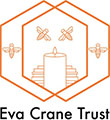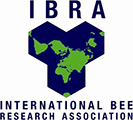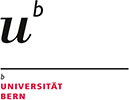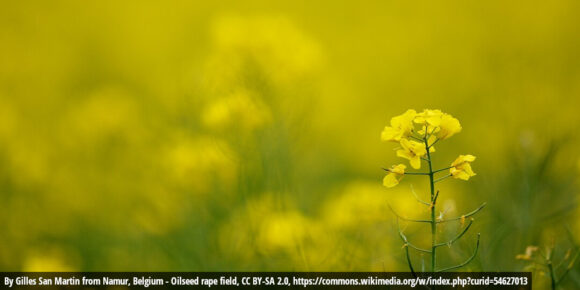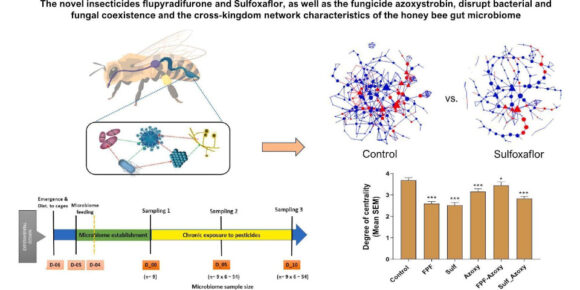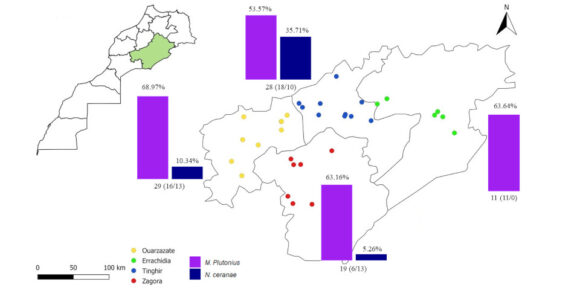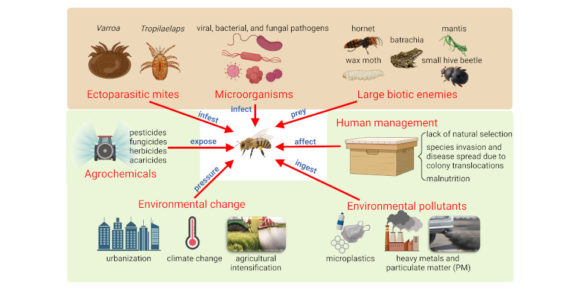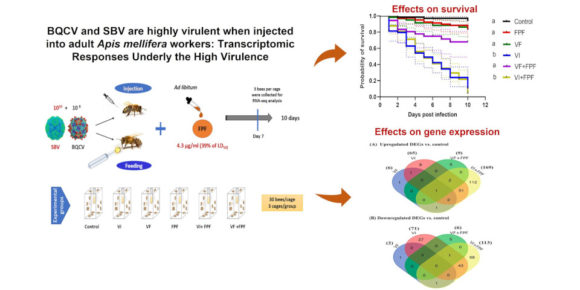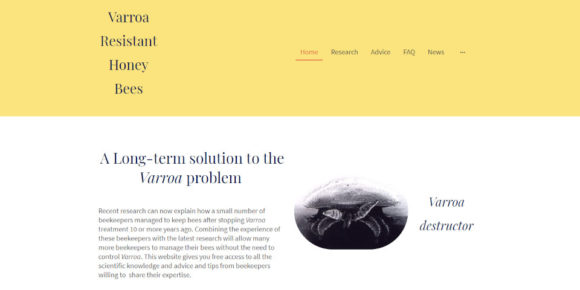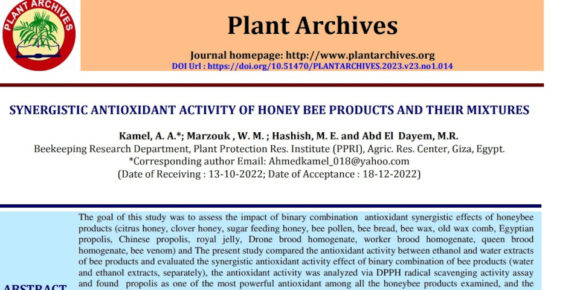Effect of honey bee apis mellifera l. pollination on oilseed rape
An experiment was conducted to survey insect visitors and the effect of different modes of pollination on quantity of oilseed rape. Survey revealed that a wide range of insect species, including honey bees, and hover flies, house fly and ensign fly were frequent on oilseed rape flowers where honey bees (Apis dorsata and Apis mellifera)…


